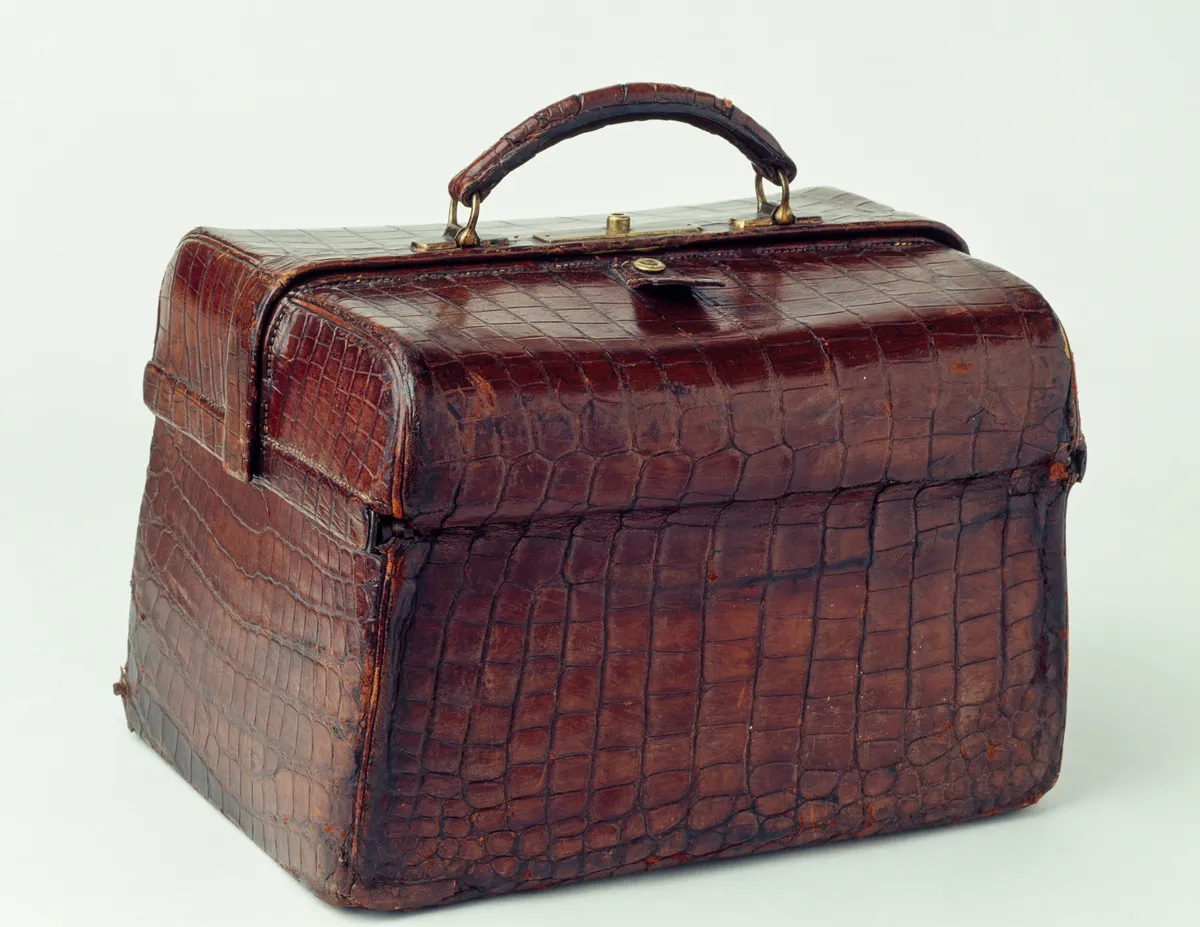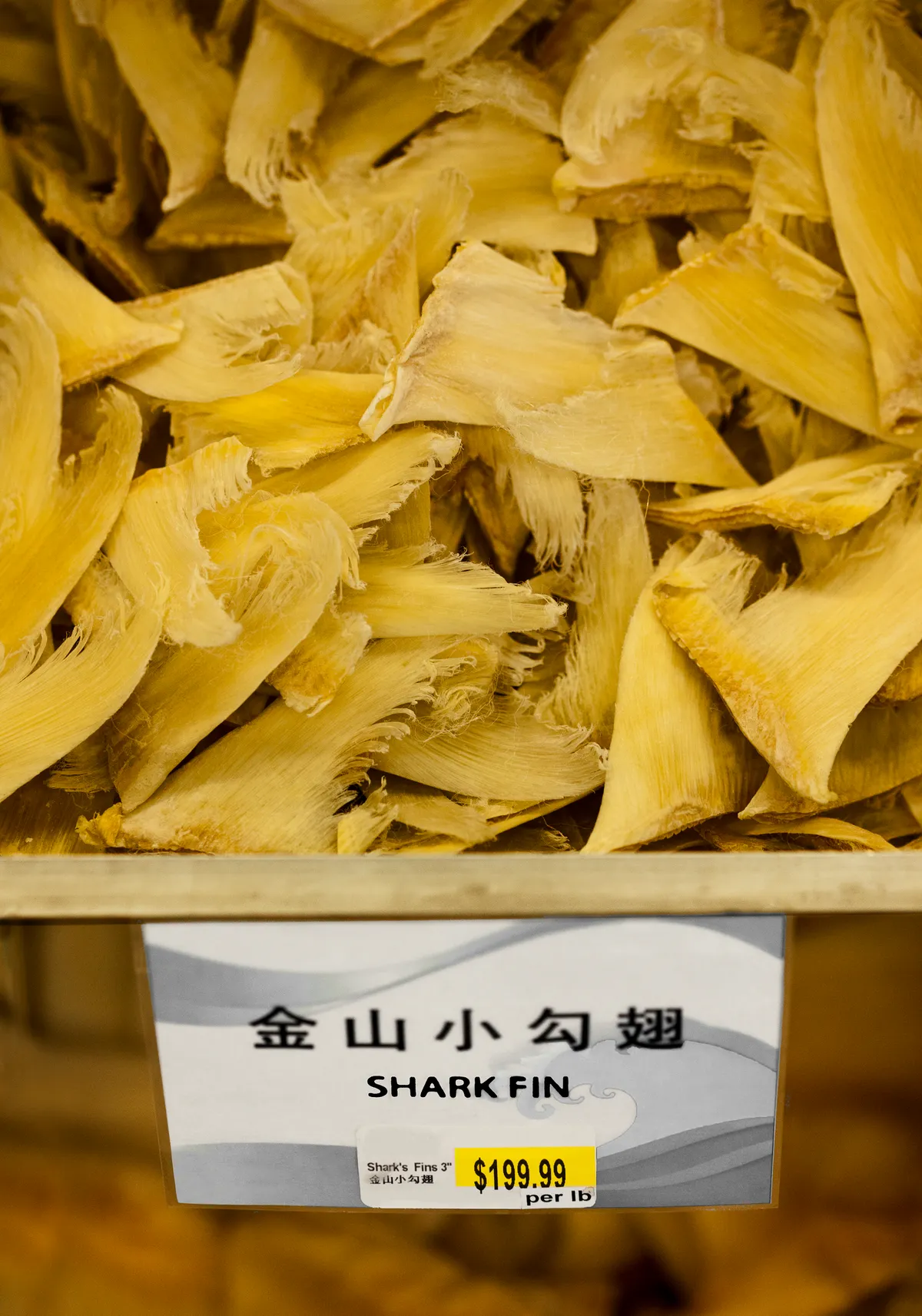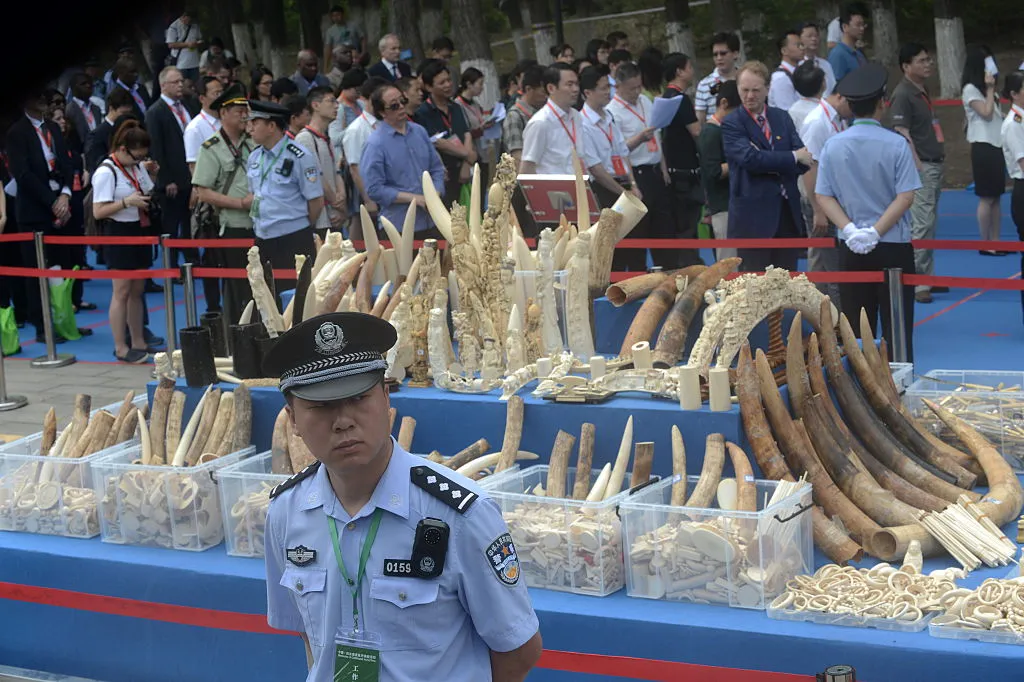The first comprehensive review into imports of wildlife regulated under CITES (Convention on International Trade in Endangered Species of Wild Fauna and Flora) into Macau has been published by TRAFFIC.
The State of Wildlife trade in Macau details trade of CITES-listed species into the Chinese Special Administrative Region, and has documented a near doubling of imports, from 9,600 items per year in 2005-2010, to 18,200 per year in 2011-2016. This increase is primarily due to a rise in imports of reptiles, plants, and timber, destined for use in fashion, ornaments, and furniture.

Despite its small size, having an area of just 12.7 sq mi, the former Portuguese territory is a significant importer of wildlife products.
It imports approximately 97 million USD worth of wildlife products per year. The vast majority of it is for the seafood market. And seafood in this context often means shark fins, in addition to live fish such as carps, groupers, and eels.
Macau is the third largest destination market for shark fins by value, importing an average of 100 tonnes of the ‘luxury’ food a year. This prized delicacy is traditionally served at Chinese weddings but has become more ubiquitous in restaurants and hotels as the increasing wealth of the Chinese middle-classes, as well as a rapid rise in inbound tourism, has raised demand.

“Any seafood restaurant in Macau is likely to have a large variety of shark fin dishes on the menu, but the trade in shark products currently lacks adequate oversight and traceability, leading to unsustainable practices that are decimating shark populations worldwide,” explains Wilson Lau, TRAFFIC Programme Officer and co-author of the report.
As well as seafood, Macau imports wild-sourced products for use as traditional medicine (9%), pets (3%), and fashion, wild meat, exhibition, ornaments, and furniture (2%). Ivory is one such product.
Although Macau’s illegal ivory market is decreasing due to legislative changes, the region’s historic role as a hub for ivory trade and changing regional policies means that this trend could be easily be reversed.
Illegal ivory also still flows through the area, with elephant ivory being the second most seized product, after plant species such as orchids.

Lau explains how increased accessibility into Macau may intensify the challenges of minoring the trade, “authorities must remain vigilant—the recent opening of the Hong Kong-Zhuhai-Macau Bridge in October 2018 means trade flows and border-crossings have increased substantially, and are projected to continue rising, amplifying Macau’s need to monitor and enforce cross-border trade in wildlife”.
As well as providing the first detailed overview of wildlife imports into Macau and enabling a better understanding of the scale, composition, and challenges of the trade, both legal and illegal, the report makes a number of recommendations as to how management can be improved, and threats to wildlife minimised.
This includes updating the current laws and increasing penalties, improving regulation and traceability of products, and enhancing enforcement and the capability of authorities to identify CITES-listed species. This last recommendation may involve species identification training and better forensic tools.
The report also recommends that responsible purchasing and consumption of products be supported by developing more consumer-targeted initiatives, including those that encourage more responsible consumption of shark fins, and perhaps also decrease the motivation to consume such products.
This makes the important point that we can only hope to end the sale of unsustainable wild-sourced commodities if consumers are on board and demand is decreased. By changing attitudes towards these species, and identifying viable and appealing alternatives the trade in wildlife may be curbed.
Main image: Macau skyline. © KHH 1971/Getty
